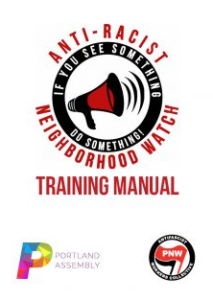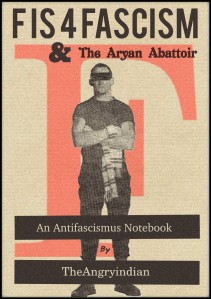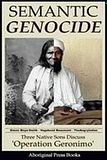 Historically, artists were the traditional allies of movements for social change. In the twentieth century, the art of filmmaking had produced men like Charlie Chaplin, so progressive he became a personal target of J. Edgar Hoover’s anti-Communist campaign. There had been the Hollywood Ten, and tens more, who were blacklisted from the film industry for refusing to cower before U.S. Senator Joseph McCarthy’s anti-Communist raid on America.
Historically, artists were the traditional allies of movements for social change. In the twentieth century, the art of filmmaking had produced men like Charlie Chaplin, so progressive he became a personal target of J. Edgar Hoover’s anti-Communist campaign. There had been the Hollywood Ten, and tens more, who were blacklisted from the film industry for refusing to cower before U.S. Senator Joseph McCarthy’s anti-Communist raid on America.
Recent history gave further testimony to that affiliation. The civil-rights movement, the most potent surge for social change in the history of America, had been vigorously supported by artists, black and white. When the latter-day Black Power people seized leadership of the black struggle, they shunned all white involvement, raising fists in white faces. White artists found their support of that movement rejected. Whatever the hazards of association, the Black Panther Party seemed to make a place in the sun for sympathetic whites. White artists were the first to come in out of the cold.
As Los Angeles and New York were the main homes of the artistic communities America fostered, the party chapters there began developing relationships with liberal and progressive white artists. In New York, there were such notable supporters as Leonard Bernstein. Our chapter in Southern California, however, was becoming the beneficiary of the support of the most powerful collection of artists in America: the Hollywood film industry’s actors, actresses, producers, writers, and directors.
via Reflections on Jean Seberg and the Black Panther Party – Elaine Brown.






















Recent Comments